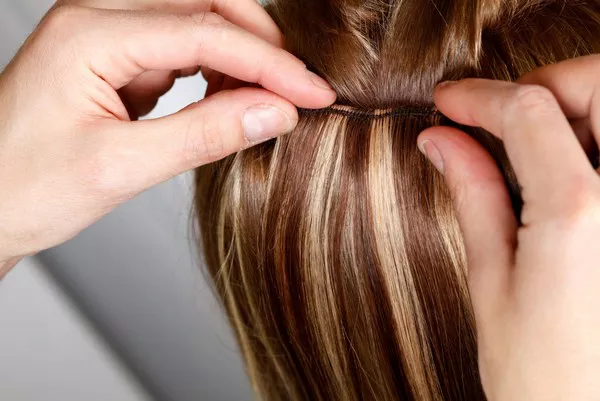Wigs have become a versatile accessory for those who desire a quick change in hairstyle without committing to a permanent transformation. Maintaining the cleanliness and longevity of a wig is crucial for its appearance and overall lifespan. In this guide, we’ll explore the optimal frequency for washing wigs and the essential considerations that contribute to effective wig care.
1. Wig Material and Construction: The Foundation of Care
The material and construction of your wig play a significant role in determining how often it should be washed. Synthetic wigs, often made from fibers that mimic human hair, typically require less frequent washing compared to natural hair wigs. Lace front wigs, full lace wigs, and machine-made wigs each have unique care requirements, influencing the recommended washing frequency.
2. Daily Wear vs. Occasional Use: Tailoring Your Care Routine
The frequency of wig washing is influenced by how often you wear it. Wigs worn daily may accumulate more oils, sweat, and environmental pollutants, necessitating more frequent washing. For occasional wear, such as special events or outings, washing may be less frequent, depending on factors like exposure to humidity, heat, or styling products.
3. Sweat and Oils: Determining Washing Needs
Sweat and natural oils produced by the scalp can impact the cleanliness and freshness of a wig. If you engage in activities that induce sweating while wearing your wig, such as workouts or outdoor events, you may need to wash it more frequently to remove these elements and prevent odor.
4. Styling Products: Balancing Maintenance
Styling products, such as hairspray, gel, or mousse, can accumulate on the wig over time, affecting its texture and appearance. If you frequently use styling products, consider washing your wig more often to maintain its luster and prevent product buildup. Using wig-friendly styling products can also contribute to a longer-lasting, well-maintained wig.
5. Weather Conditions: Adapting to the Environment
Environmental factors, such as humidity and pollution, can impact the cleanliness of your wig. In humid climates, wigs may be more prone to frizz and oil buildup. If you live in an area with high pollution levels, washing your wig more frequently can help remove pollutants and maintain its overall quality.
6. Washing Techniques: Preserving Wig Integrity
How you wash your wig is as important as how often. Follow these general steps for washing your wig:
Detangle the wig using a wide-tooth comb or wig brush.
Fill a basin with lukewarm water and add a small amount of wig shampoo.
Gently immerse the wig in the water and swish it around to loosen dirt and debris.
Rinse the wig thoroughly with cool water.
Apply a wig conditioner, focusing on the ends.
Rinse again with cool water.
Pat the wig dry with a clean towel and let it air dry on a wig stand.
7. Wig Cap Usage: Extending Washing Intervals
Wearing a wig cap beneath your wig can help absorb sweat and oils, minimizing direct contact with the wig. This can extend the time between washes, particularly if you’re dealing with normal daily activities rather than intense physical exertion.
8. Frequency Recommendations: A General Guide
As a general guide, synthetic wigs worn daily may benefit from washing every 10 to 15 wears, while natural hair wigs may require washing every 7 to 10 wears. However, individual factors, such as personal preferences, lifestyle, and environmental conditions, should be considered when determining the optimal washing frequency.
Conclusion: Customizing Wig Care for Lasting Elegance
Maintaining the cleanliness and longevity of your wig requires a personalized approach that considers material, usage, environment, and individual preferences. By understanding these factors and following appropriate washing techniques, you can ensure your wig remains a versatile and elegant accessory for a long time. Striking the right balance between cleanliness and care will not only preserve the integrity of your wig but also contribute to a consistently polished and sophisticated look.
How Much Is Keratin Hair Treatment

